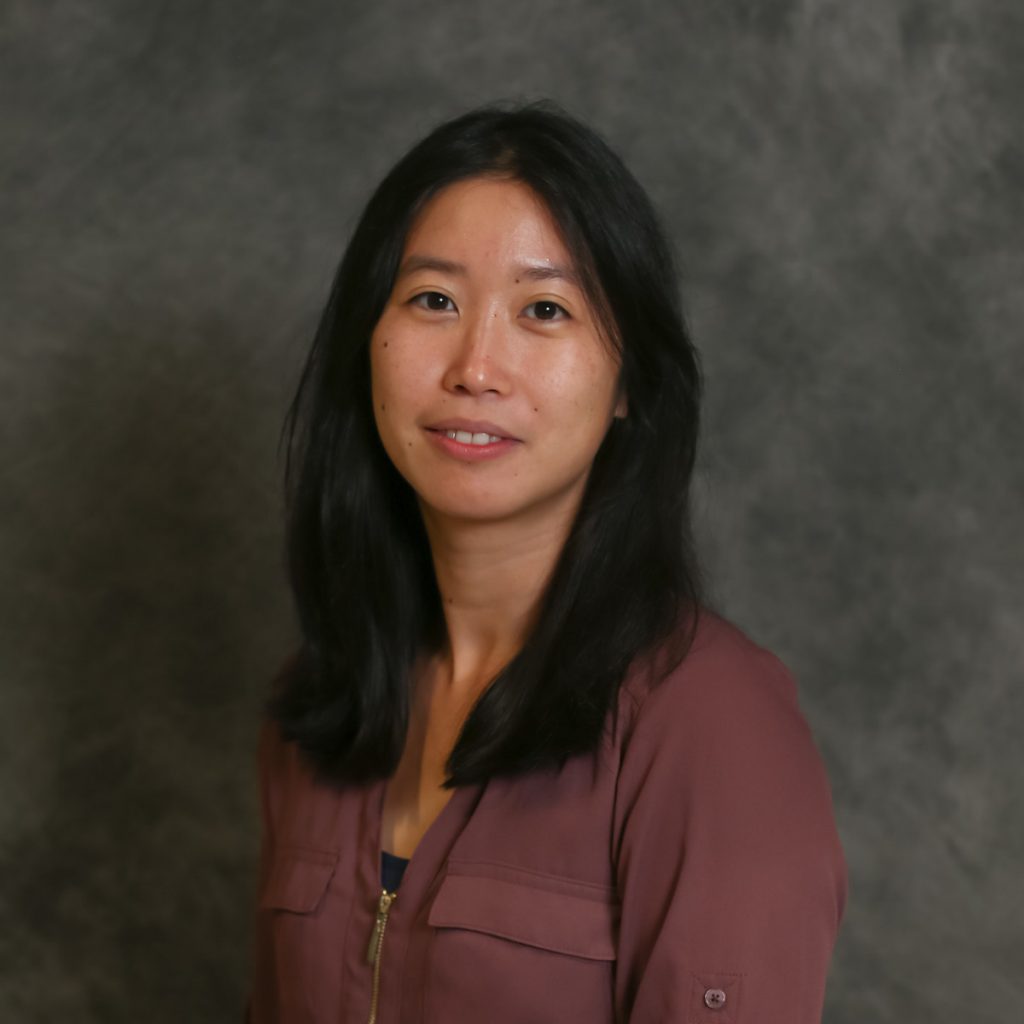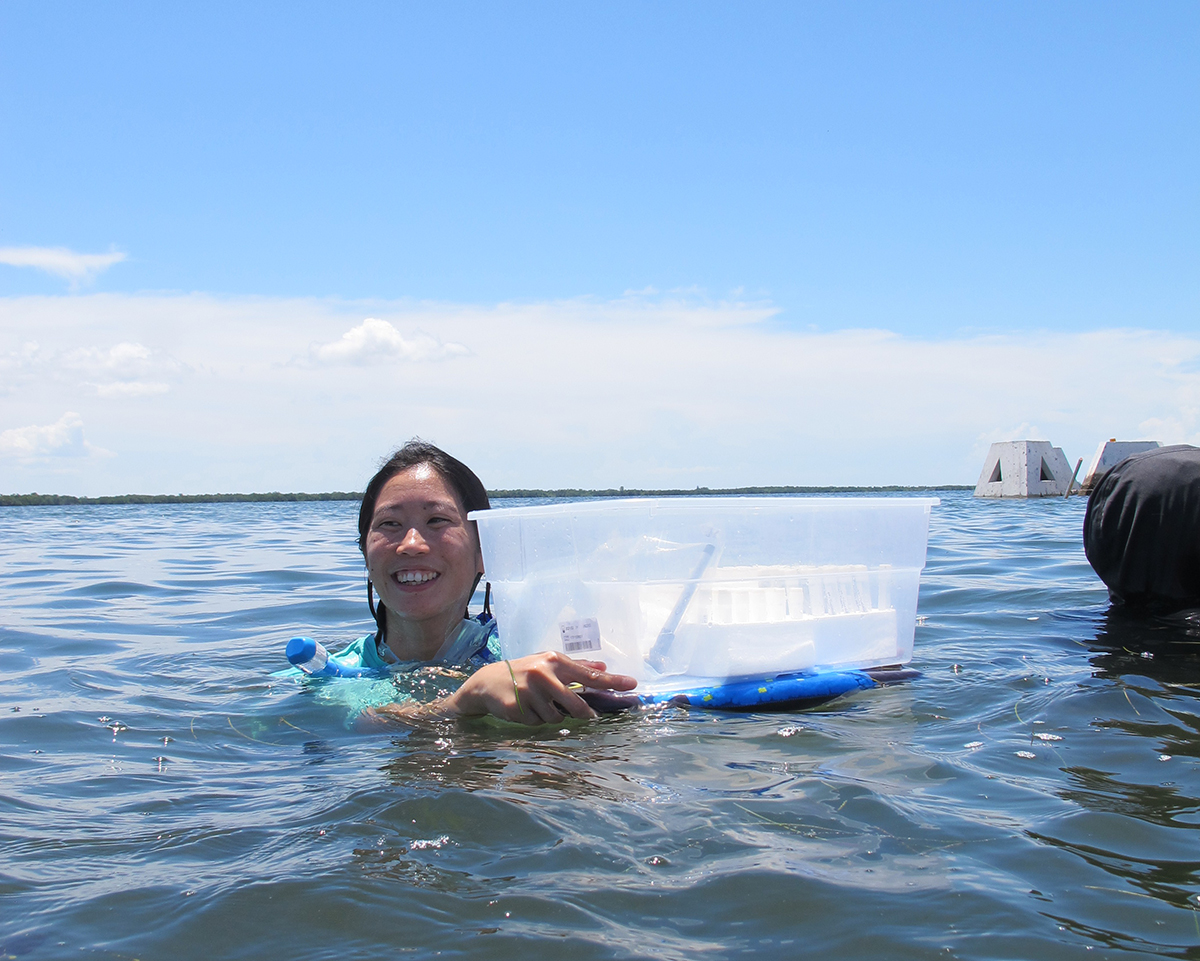
Dr. Jean Lim’s research focuses on disentangling host-microbe-environment interactions in marine habitats using multi-omics and molecular biology approaches. Her research interests include symbiosis in marine animals, microbial ecology, and eDNA metabarcoding. She is looking forward to expanding her research into viruses.
“Turtlegrass virus X (TVX), which infects the seagrass Thalassia testudinum (turtlegrass), is the only potexvirus known to infect marine flowering plants. The virus was originally discovered by our lab in apparently healthy Thalassia testudinum seagrass samples collected from Terra Ceia Aquatic Preserve (near the Skyway Bridge). We investigated potexvirus distribution in seagrasses using a degenerate reverse transcription polymerase chain reaction (RT-PCR) assay originally designed to capture potexvirus diversity in terrestrial plants. We screened 74 opportunistically collected, apparently healthy seagrass samples from 6 different species for potexviruses. Potexvirus was detected only in turtlegrass samples collected from seagrass meadows in the eastern Gulf of Mexico. Phylogenetic analysis of sequenced PCR products resulted in five distinct TVX sequence variants, revealing more viral diversity in this climax seagrass species than previously recognized. The expanded geographic distribution of TVX shown here highlights the importance of studying aquatic plant viruses and their interactions with their hosts. Our future work will focus on elucidating the ecological roles of viruses in seagrass meadows.” – Jean Lim
Limited potexvirus diversity in eastern Gulf of Mexico seagrass meadows
